1. The Giant Squid: Sea Monster of the Deep
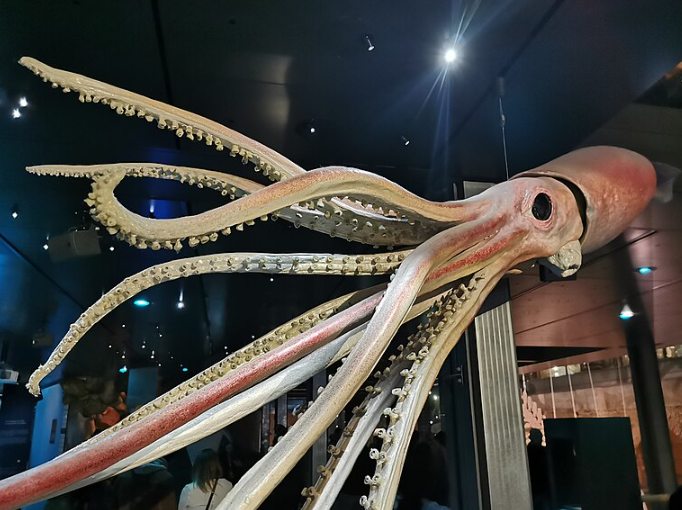
Tales of massive, tentacled sea monsters have terrified sailors for centuries. Known as the kraken in Norse mythology, these creatures were thought to be nothing more than exaggerated legends. Then, in 1857, scientists identified the giant squid as a real species. These deep-sea giants can grow up to 43 feet long, with eyes the size of dinner plates. Despite modern studies, the giant squid remains elusive, rarely seen alive in its natural habitat. Its mysterious nature only adds to its mythic reputation, proving that some legends have more than a grain of truth.
2. The Narwhal: The Unicorn of the Sea
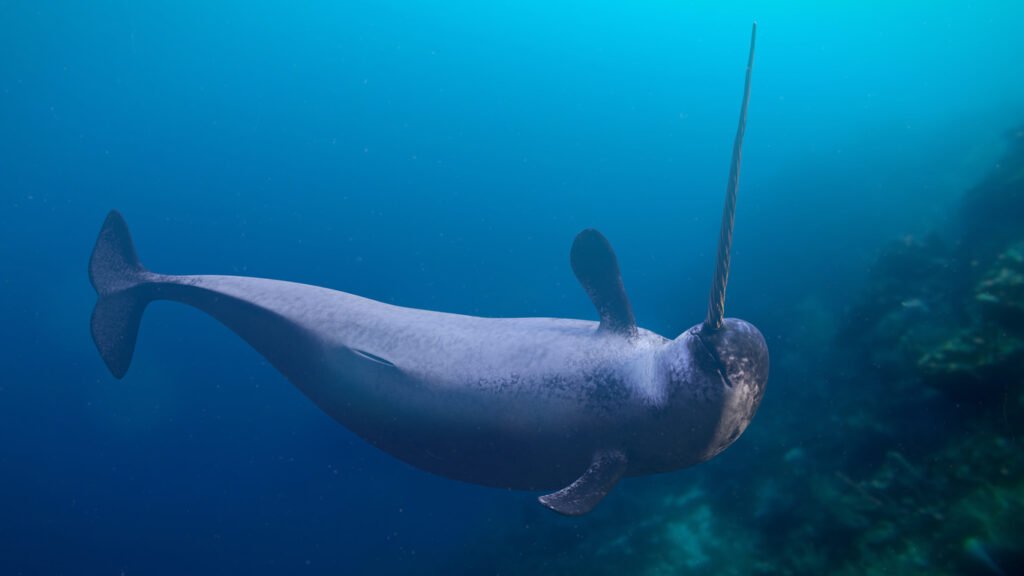
For centuries, narwhals were the inspiration behind tales of unicorns. Their long, spiraled tusks—which can grow up to 10 feet—were sold as magical artifacts, claimed to have healing powers or grant immortality. The truth is equally fascinating: narwhals are real, and their tusks are actually elongated teeth filled with sensory nerves. These Arctic-dwelling whales use their tusks to sense changes in their icy environment, though their full purpose is still a mystery. Seeing a narwhal in its natural habitat feels like stepping into a fairytale, proving that the mythical unicorn isn’t as far-fetched as we thought.
3. The Platypus: A Duck-Billed Puzzle
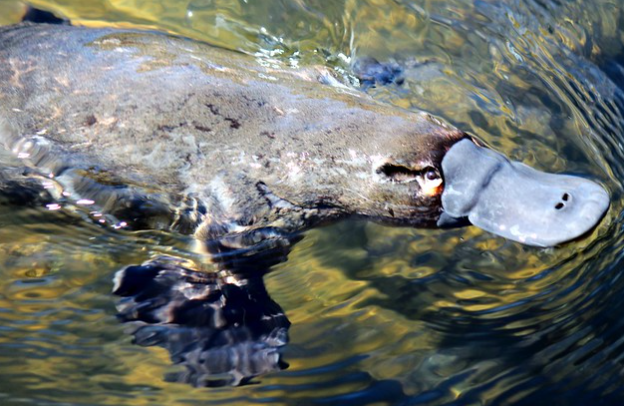
When European naturalists first encountered the platypus in the late 18th century, they thought it was an elaborate prank. A creature with a duck bill, webbed feet, and a beaver tail seemed too absurd to be real. Some even accused scientists of stitching together parts of different animals. But the platypus is very real—and it’s one of the most unique creatures on Earth. This egg-laying mammal uses electroreception to hunt underwater and even has venomous spurs on its legs. Its existence defies conventional animal classifications, making it one of nature’s most delightful oddities. Today, the platypus is a symbol of Australia’s unique biodiversity, though it still feels like something out of a fantasy tale.
4. The Komodo Dragon: A Living Dinosaur
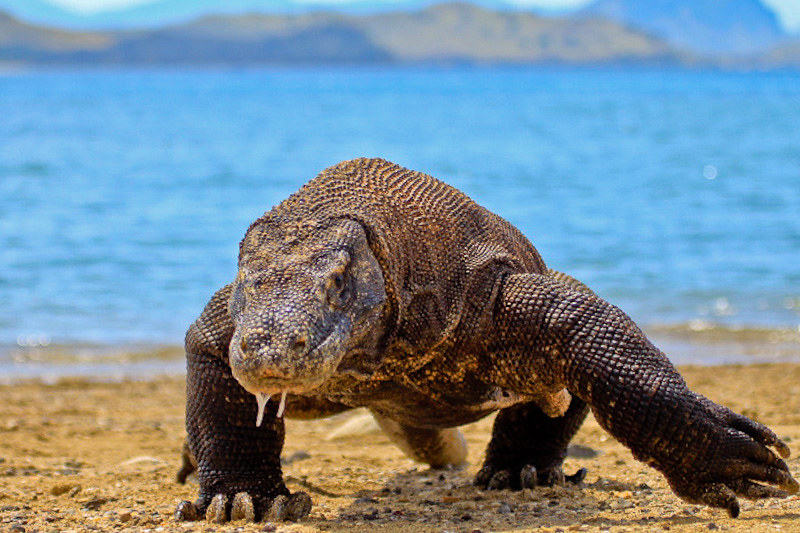
Imagine hearing tales of a giant, venomous, meat-eating lizard roaming remote Indonesian islands. For centuries, that’s all the Komodo dragon was—a frightening myth whispered by locals. But in 1910, scientists confirmed this enormous reptile’s existence. Growing up to 10 feet long and weighing over 150 pounds, the Komodo dragon is the world’s largest lizard. It has venom glands that deliver a cocktail of toxins, making its bite deadly. With its prehistoric appearance and apex predator status, the Komodo dragon feels like a living relic from the age of dinosaurs, turning an ancient myth into a fascinating reality.
5. The Okapi: The Giraffe’s Secretive Cousin
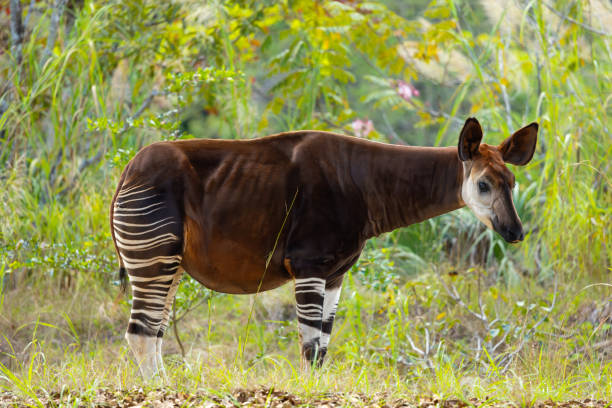
Known as the “African unicorn,” the okapi was once thought to be a mythical creature, even by local tribes in the Congo. With its zebra-like stripes and giraffe-like neck, early explorers dismissed stories of its existence as pure fantasy. It wasn’t until 1901 that scientists officially recognized the okapi as a real animal. This shy, forest-dwelling mammal is a relative of the giraffe, though its shorter neck and unique markings make it look like a creature designed by committee. Today, the okapi remains elusive, living in the dense rainforests of Central Africa and reminding us that even “unicorns” can be real.
6. The Gorilla: A “Monster” Made Real
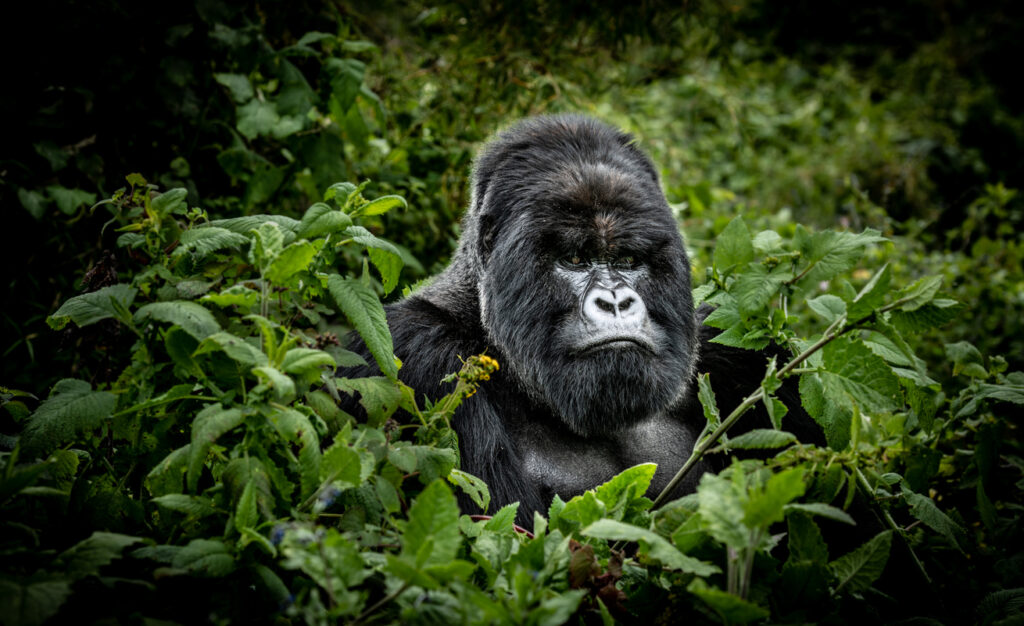
In the 5th century BCE, explorers returned from Africa with tales of hairy, human-like creatures lurking in the forests. These stories were dismissed as folklore for centuries until European explorers “discovered” gorillas in the 19th century. Early descriptions made them sound like terrifying monsters, but gorillas are actually gentle giants—vegetarian primates with complex social behaviors and emotions. Despite their realness, they remain awe-inspiring, blurring the line between myth and reality with their sheer size and human-like intelligence.
7. The Aye-Aye: Madagascar’s Creepy Gremlin
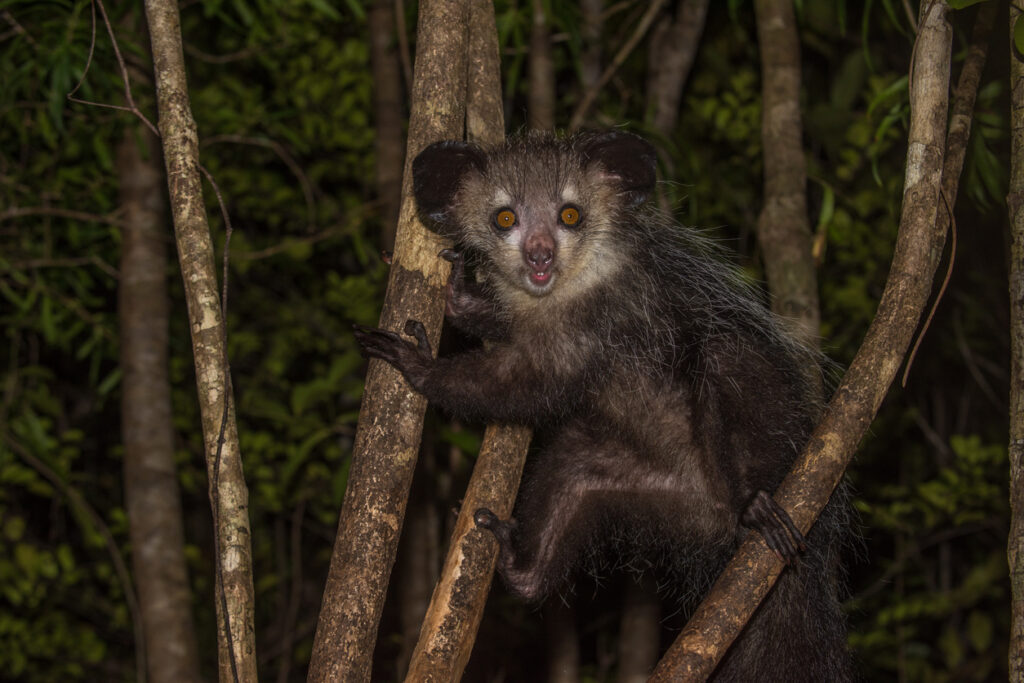
With its large, glowing eyes, bat-like ears, and long, skeletal finger, the aye-aye looks like something out of a horror movie. Local legends in Madagascar claimed it was a harbinger of death, and early explorers dismissed it as a mythical creature. But the aye-aye is very real—and it’s one of the strangest primates on Earth. This nocturnal lemur uses its extra-long middle finger to tap on trees and locate insects, a behavior known as percussive foraging. Despite its eerie appearance, the aye-aye is harmless and plays a crucial role in its ecosystem. It’s proof that sometimes, reality is stranger than fiction.
8. The Saola: Asia’s Unicorn
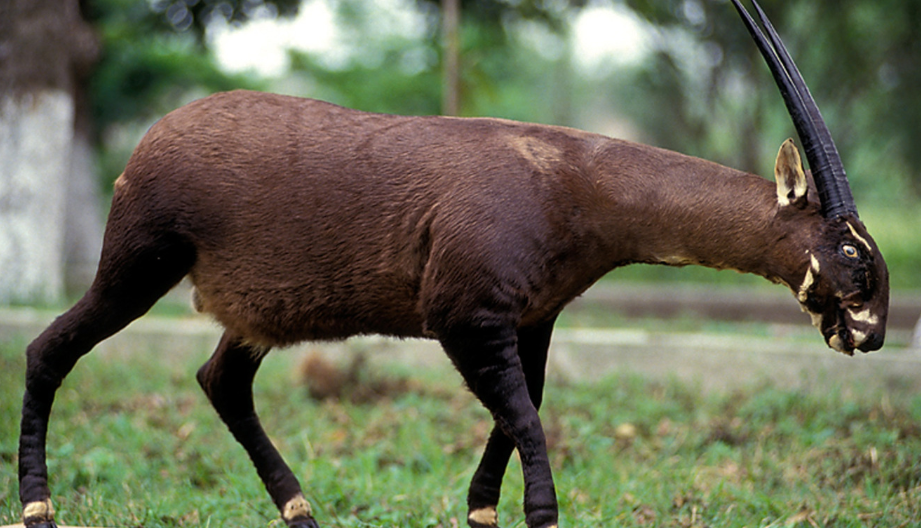
Discovered in 1992 in the Annamite Mountains of Laos and Vietnam, the saola was immediately dubbed the “Asian unicorn” due to its rarity and mysterious nature. Before its discovery, locals spoke of a creature with long, parallel horns and a knack for avoiding humans. For years, scientists doubted its existence. Today, the saola is considered one of the world’s most elusive animals, with fewer than a few hundred believed to remain in the wild. Its near-mythical status is a reminder that even in the modern age, some creatures can still hide from human eyes.
9. The Hoatzin: The Stinkbird of the Amazon
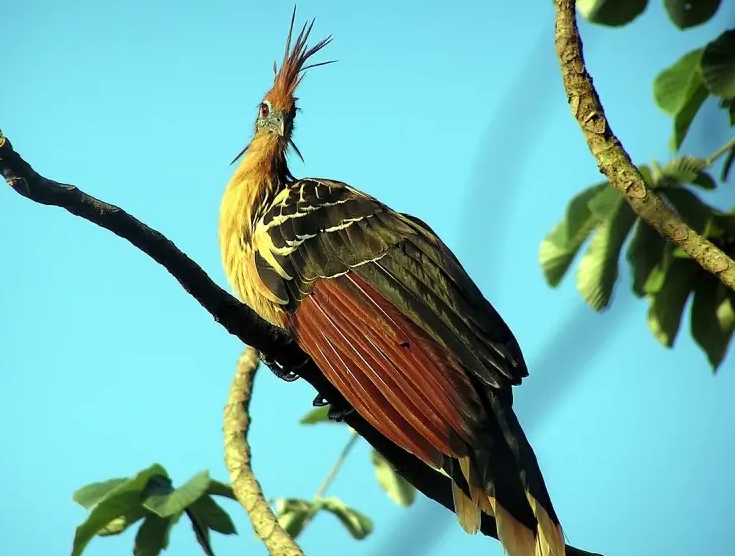
When explorers first encountered the hoatzin in the Amazon rainforest, they thought it was a mythical creature. With its prehistoric appearance and pungent smell, it seemed too bizarre to be real. The hoatzin is unique among birds, with chicks that have claws on their wings, reminiscent of dinosaurs. Its diet of leaves gives it a smell similar to manure, earning it the nickname “stinkbird.” Despite its oddities, the hoatzin is a fascinating example of evolution’s quirks, proving that some myths are just misunderstood truths.
10. The Tasmanian Tiger: A Cryptid Come to Life

The Tasmanian tiger, or thylacine, was once dismissed as a cryptid—a creature from folklore. Native to Tasmania, this carnivorous marsupial had a dog-like body with tiger-like stripes and a pouch like a kangaroo. Though officially declared extinct in 1936, sightings continue to fuel speculation that it might still exist. Before its scientific confirmation in the 19th century, the thylacine’s bizarre traits made it sound like a creature of myth. Even today, it captures the imagination, blurring the line between fact and legend.
11. The European Lynx: A Ghost of the Forest
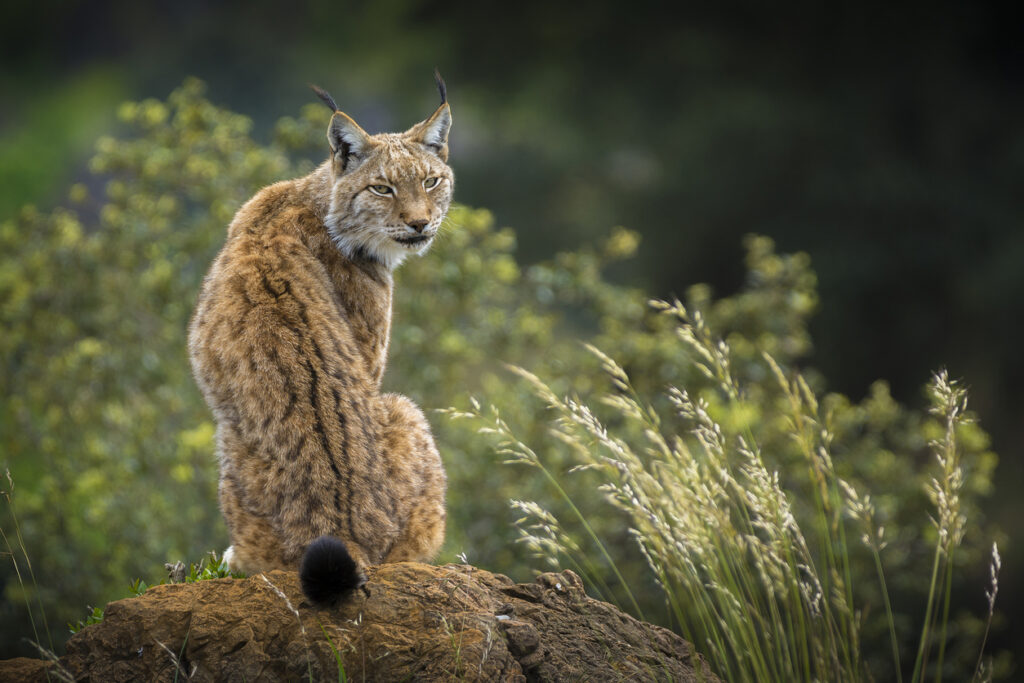
For centuries, stories of a large, elusive cat roaming the forests of Europe were dismissed as folklore. But the European lynx is real—and it’s as mysterious as the legends suggest. This medium-sized wildcat is known for its tufted ears, piercing eyes, and ability to vanish into dense woodlands. Once thought extinct in many parts of Europe, conservation efforts have helped reintroduce lynx populations to their native habitats. Its ghost-like nature and rarity make it a living embodiment of the myths that surrounded it.
12. The Kakapo: The Parrot That Forgot How to Fly
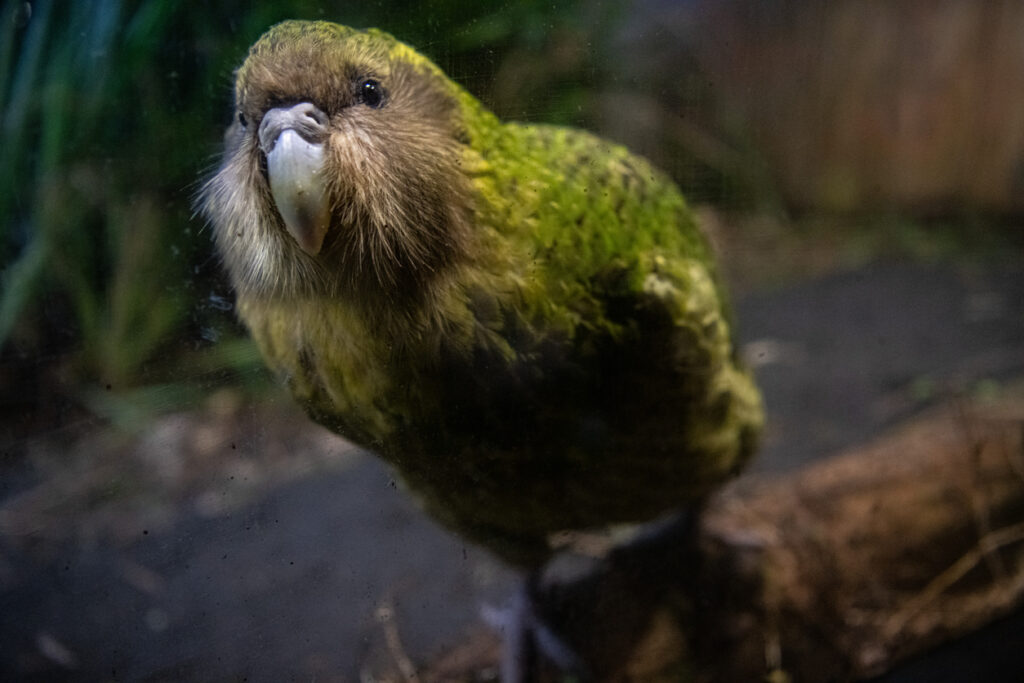
The kakapo, a flightless parrot from New Zealand, was once considered a mythical bird by Māori tribes due to its rarity and unique traits. This nocturnal, ground-dwelling parrot is covered in mossy-green feathers, making it nearly invisible in its forest home. Early European settlers dismissed stories of a parrot that couldn’t fly as nonsense until the kakapo was officially documented. Today, it’s one of the world’s most endangered birds, with fewer than 250 individuals remaining. Its unusual traits and near-mythical status highlight the incredible diversity of life—and the fragility of these unique creatures.


